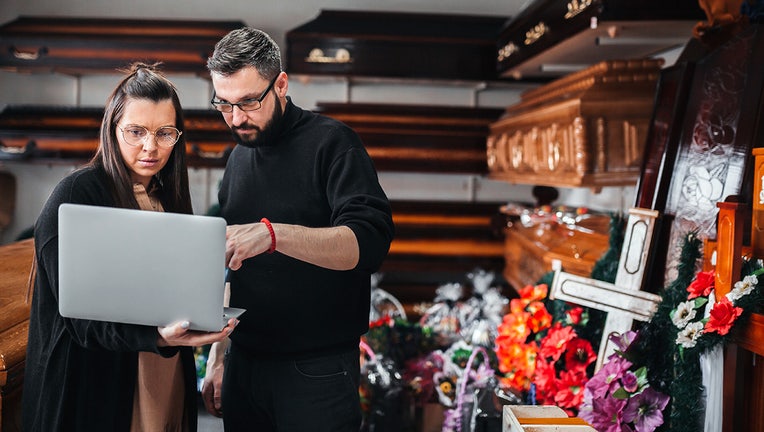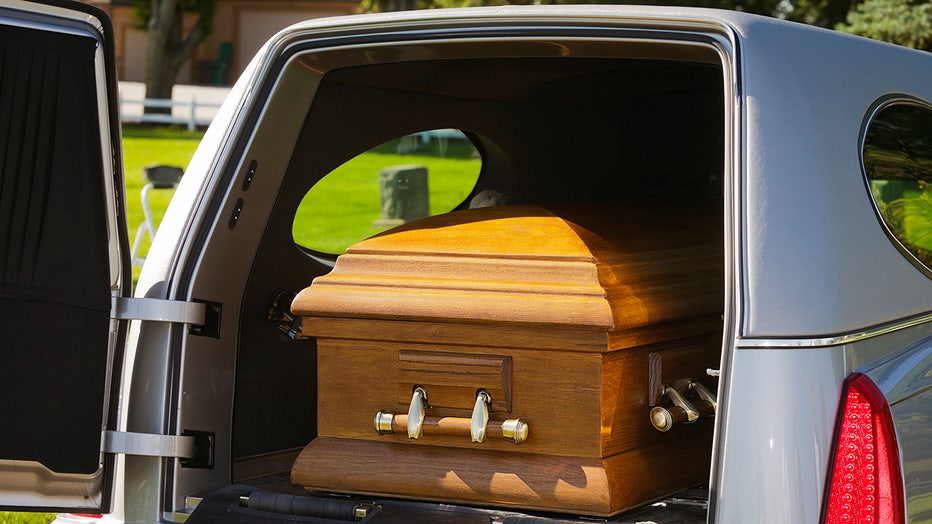This is how much money you need for a funeral in the US

(Photo by Nikola Stojadinovic / E+ via Getty Images)
Death is never an easy subject to speak about. Add on top of that the awkward conversations about paying for a loved one’s burial and you’ve got yourself a very uncomfortable and harsh reality.
When someone you care about dies, it doesn’t just end there. Now comes the planning and financial aspects of life after death.
In the United States, the median cost of a funeral has increased 6.6% over the past five years, according to a 2021 survey conducted by the National Funeral Directors Association (NFDA).
RELATED: This is how much money you need to raise a child in the US
Average funeral cost in the U.S.
As of 2021, the median price for a funeral in the U.S. costs $7,848 and the median cost of a funeral with cremation has increased 11.3% over the past five years to $6,970, according to the NFDA.
This price usually includes the memorial service, casket or urn, burial plot, as well as embalming services.
Average cost of a funeral by category
From caskets to embalming to memorial services, funeral expenses certainly add up quickly.
If opting for a more traditional burial, the most popular choice for caskets is a metal one. On average, a metal casket will cost about $2,500, according to Get Sure, a life insurance agency.

(Photo by RichLegg / E+ via Getty Images)
The cost of an urn varies depending on the material of which they are made, Get Sure said.
On the lower end, a wooden urn could cost anywhere between $50 and $200. On the higher end, metal and porcelain urns can cost up to $1,000 and $2,000, respectively.
Headstones can get pricey as well. Depending on the shape, material and whether or not a family decides to opt for an engraving (which most do) it can cost anywhere between $400 and $3,300.
The cost of a memorial service for a loved one, which would include the service, floral arrangements and a death certificate (yes, you have to pay for a death certificate), can add up to about $2,300 on average and that does not include the actual burial.
Physically burying the deceased can cost about $2,000 on average.
Another additional fee that can be added to funeral expenses will probably include upkeep (paying someone to keep the grounds well-manicured, headstones cleaned, etc.). This fee will likely be added to the total cost of the funeral which can be anywhere between 5% to 15% of the plot price, according to Funerals.org.
RELATED: This is how much money you need for a wedding in 2022
How do people pay for funerals?
There are several ways to help cover funeral costs before it becomes overwhelming. Apart from a regular savings account or borrowing a loan, here are some ways that can help ease the financial burden of burying a loved one.
Insurance policies
Many life insurance policies will allow a lump sum to the beneficiary of your choice to help cover funeral costs, according to AARP.
It usually also covers any costs of the general needs of the decedent's surviving beneficiary or beneficiaries such as a spouse or children.
Payable-on-death account (POD)
This is basically a savings account specifically made to cover costs after a loved one dies. Whoever is named beneficiary on the account will be allowed to walk up to whichever bank and present a death certificate and the beneficiary can withdraw however much is needed to cover expenses.
Veterans benefits
This will only apply to veterans. Typically, the burial plot and head markers are covered for people who served in the military. However, other expenses such as funeral service costs, embalming, and transporting the body will not be included.
For more information about veterans’ burial allowance, click here.
Victim’s assistance
There are some states that will cover the cost of burying a loved one who was either killed in a homicide or in an accident, according to Funerals.org.
This story was reported from Los Angeles.

